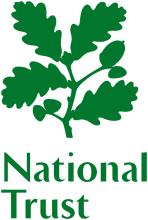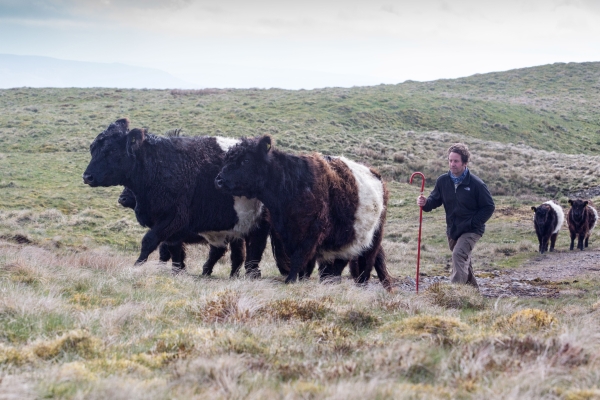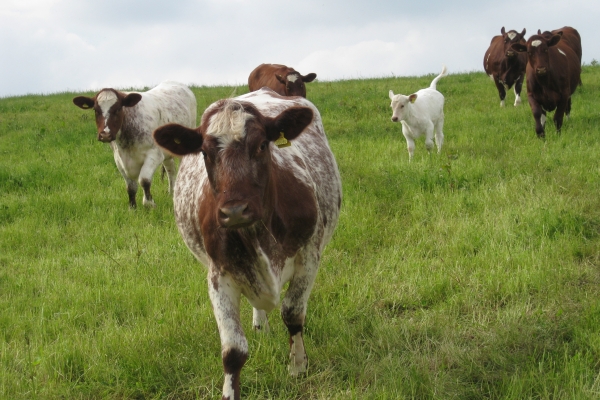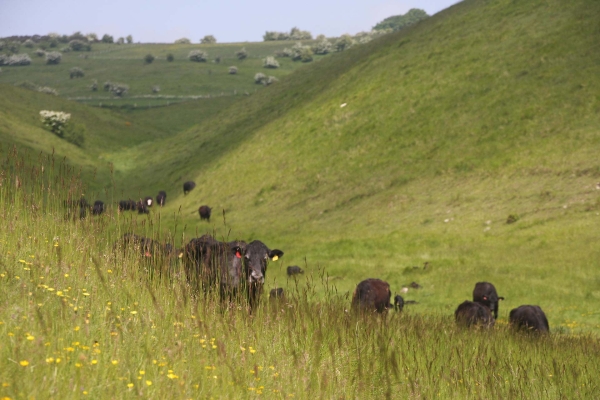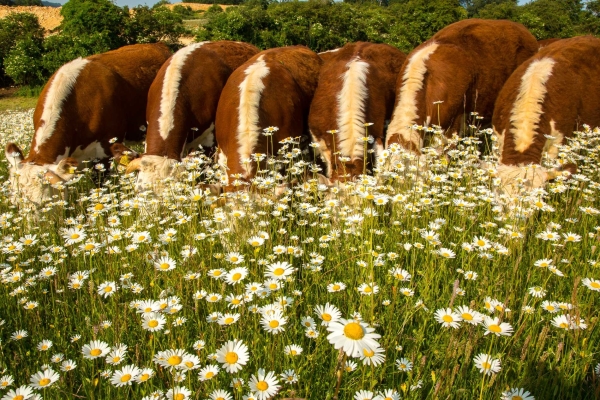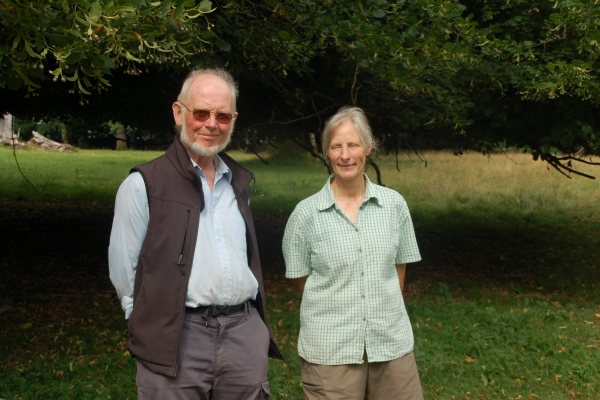Less is more: Improving profitability and the natural environment in hill and other marginal farming systems
Resource explained
This timely report details a financial assessment performed by consultancy firm, Nethergill Associates, on the accounts of 46 farms in upland and marginal areas across the UK. They recommend that farmers in these areas shift away from a business model that focuses on productivity to one that concentrates on profit margin. By analysing the farming venture (without any additional diversification income), the authors found that reducing flock and herd numbers to a level where stock are grazed only on naturally available grass (i.e. without use of artificial fertilisers, pesticides and supplementary feed) improves the farm business income. Furthermore, reducing stocking levels and introducing sustainable land management practices should also increase upland farms’ resilience against future policy change. This approach also provides a basis on which other diversified enterprises can be built and helps to address the urgent environmental and climate challenges currently faced.
Findings & recommendations
- Farming has played a significant role in shaping and maintaining the distinctive character of upland areas in the UK. However, it has also caused significant environmental damage.
-
High stocking rates are often reliant on bought-in feedstuffs plus the use of artificial fertilisers to improve grass yield.
-
A large proportion of upland farms struggle to be profitable without government support payments.
-
The analysis found that reducing stock numbers to a level where animals are grazed only on the farm’s naturally available grass (i.e. without artificial fertilisers), increases profit (or reduces losses), through significant savings of variable costs. However, even with this reduction in stock number, the majority of case study farms would still struggle financially.
-
Other measures that aid a farm’s finances include:
-
Making fixed assets work harder for the business e.g. through sharing machinery and other resources with neighbours.
-
Improving the price received for meat produced through adding value to the product.
-
Making protection and enhancement of the environment a central part of farm management system. This may be rewarded both through the market (adding value to products) and by applying for public payments that are focused on the delivery of public goods.
-
Other diversification opportunities.
-

